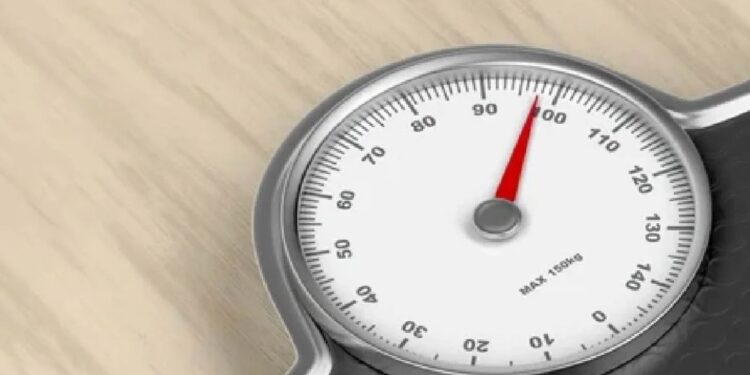Kalibraatio, a Finnish term for “calibration,” refers to the process of ensuring that a measuring instrument provides accurate and reliable readings. In both industrial and scientific settings, it serves as the foundation of measurement accuracy. The concept is simple yet vital. Every device used to measure weight, pressure, temperature, distance, or any other variable must be compared against a known and accepted standard. This comparison allows technicians or engineers to identify any deviations and make necessary adjustments. Without proper, the results obtained from such instruments can be misleading, leading to errors in production, quality control, or research.
The Importance of Kalibraatio in Daily Operations
Kalibraatio is not only confined to laboratories or high-end industrial plants; it also plays an essential role in everyday life. From the weighing scales used in grocery stores to the thermometers in hospitals, calibration ensures reliability. Inaccurate instruments can have serious implications. Imagine a medical thermometer that displays a temperature lower than the actual one, or a scale that measures less than the true weight. Such small discrepancies can lead to poor decisions and outcomes. In the manufacturing industry, incorrect measurements can result in defective products, safety hazards, and financial losses. Thus, ensures trust in every measurement and guarantees that decisions based on data are correct and consistent.
The Process of Performing Kalibraatio
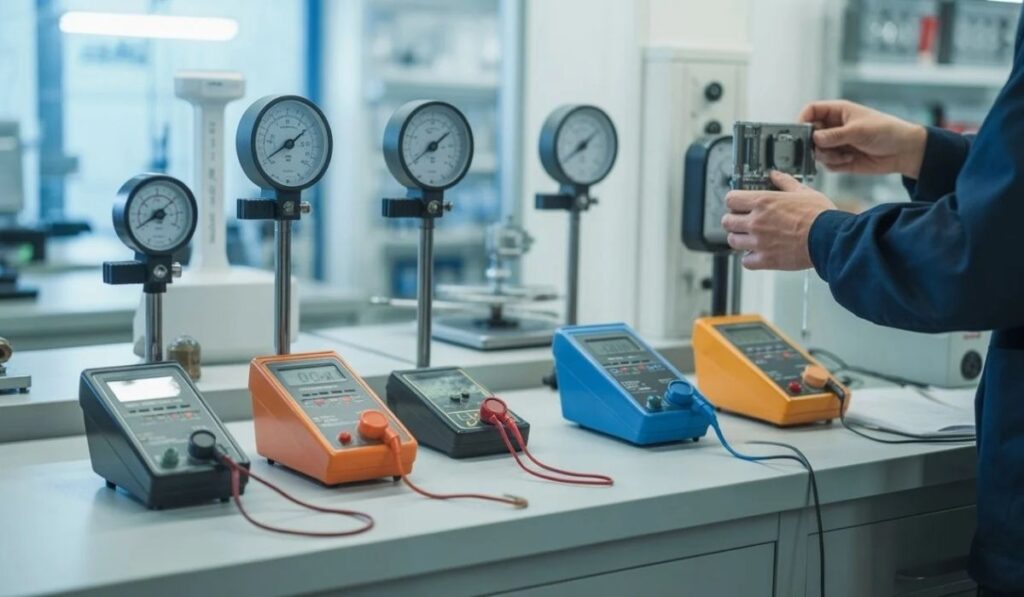
The process of Kalibraatio follows a systematic approach that includes comparing, adjusting, and validating the performance of an instrument. It begins with identifying a reference standard that has already been certified and is traceable to national or international standards. The instrument to be calibrated is then tested against this reference. The difference between the instrument’s reading and the reference value reveals its level of accuracy. If deviations exist beyond acceptable limits, adjustments are made until the readings match closely with the standard. After calibration, documentation is prepared to record the results, including the uncertainty levels, date of calibration, and the next scheduled calibration date. These records are vital for maintaining compliance with quality systems and industry regulations.
Types of Kalibraatio in Different Fields
Kalibraatio can vary widely depending on the field and the nature of the instrument being tested. In industrial applications, mechanical and dimensional calibration ensures that machinery components, gauges, and tools meet precise tolerances. In laboratories, electrical calibration is performed on devices that measure current, voltage, or resistance. Pressure calibration is essential in industries like oil and gas or aviation, where precision is critical for safety. Thermal calibration involves verifying instruments such as thermocouples, ovens, and thermostats. Each type of calibration requires specialized standards, controlled environments, and skilled professionals who understand the behavior of the instruments under different conditions.
Why Kalibraatio Improves Quality and Efficiency
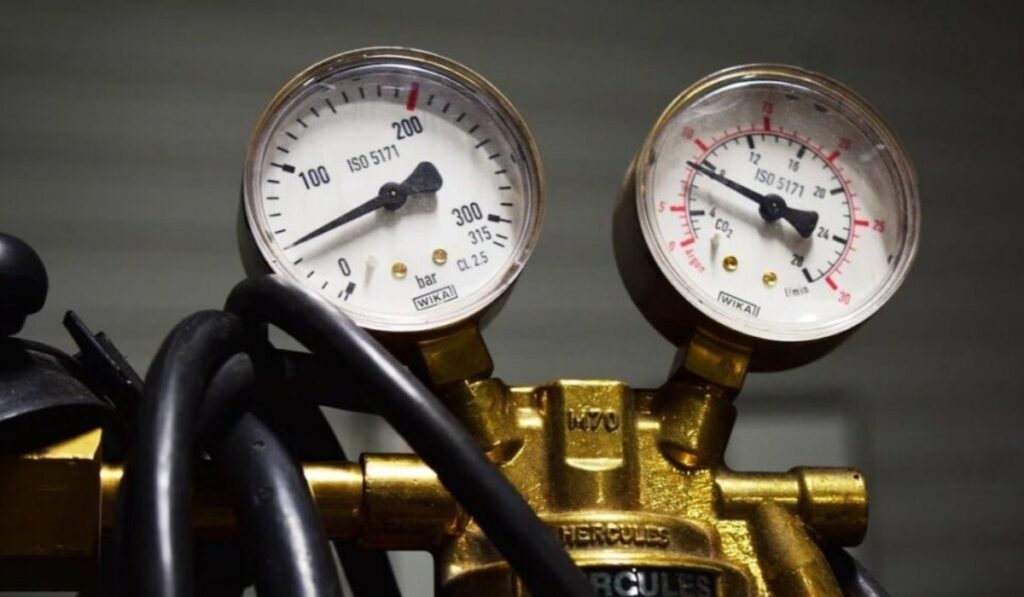
Accurate measurement is directly linked to quality assurance. When instruments are properly calibrated, organizations can maintain consistency in their operations and reduce errors. This leads to improved product quality, optimized processes, and enhanced customer satisfaction. Regular Kalibraatio also increases efficiency by reducing waste and minimizing the risk of product recalls. In research and development, precise data obtained from calibrated instruments ensures that experiments are valid and reproducible. For businesses, this translates to credibility, compliance with international standards like ISO, and long-term cost savings. A single uncalibrated device in a production line can create a chain of errors, affecting every subsequent stage. Therefore, routine acts as a preventive measure against costly mistakes.
The Role of Standards and Accreditation in Kalibraatio
Kalibraatio does not function in isolation; it relies heavily on established standards and accreditation systems. International organizations such as ISO, IEC, and BIPM define the rules and methods used to perform calibration. Accredited laboratories follow these standards to ensure uniformity and reliability across borders. Accreditation bodies evaluate these labs based on their equipment, procedures, and technical competence. For instance, ISO/IEC 17025 outlines the general requirements for testing and calibration laboratories, ensuring that results are globally recognized. This system of traceability provides confidence that any measurement performed in one country can be compared and trusted anywhere in the world. Such global harmonization is crucial for international trade, scientific collaboration, and industrial progress.
Common Challenges Faced in Kalibraatio
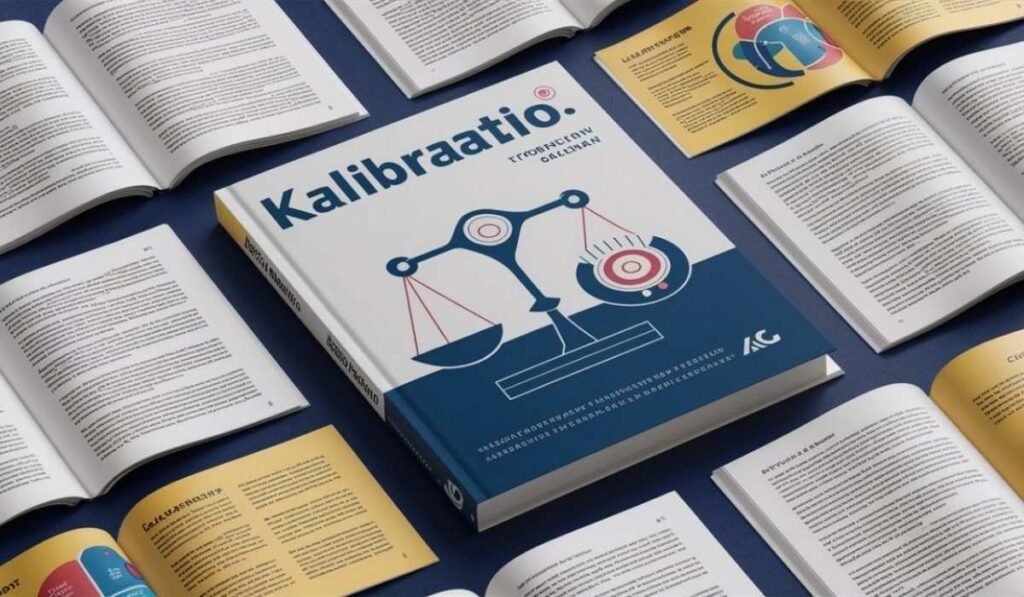
Despite its importance, Kalibraatio comes with several challenges. Environmental factors such as temperature, humidity, and vibration can affect the accuracy of both the reference standard and the instrument being calibrated. Human error in recording data or performing adjustments can introduce additional uncertainty. Over time, instruments naturally drift due to wear and tear, aging components, or mechanical stress, requiring regular recalibration. Moreover, calibration can be time-consuming and costly, particularly for industries that operate numerous instruments. Some organizations fail to maintain proper schedules or documentation, which can lead to non-compliance during audits or certification processes. Addressing these challenges requires a disciplined approach, proper training, and the use of modern calibration management software.
Technological Advancements in Kalibraatio
In recent years, technology has significantly improved the Kalibraatio process. Digital calibration systems now offer automated data collection, real-time monitoring, and precise adjustments, reducing human intervention and minimizing errors. Software-based calibration management tools can schedule, track, and store calibration records efficiently. The integration of Internet of Things (IoT) technology allows remote calibration and predictive maintenance, helping organizations detect when an instrument is likely to drift before it affects performance. Advanced sensors and laser-based measurement systems have enhanced accuracy beyond what was previously possible. As industries move toward automation and smart manufacturing, continues to evolve, ensuring that even the most sophisticated machines remain trustworthy.
The Future of Kalibraatio in Industry and Science
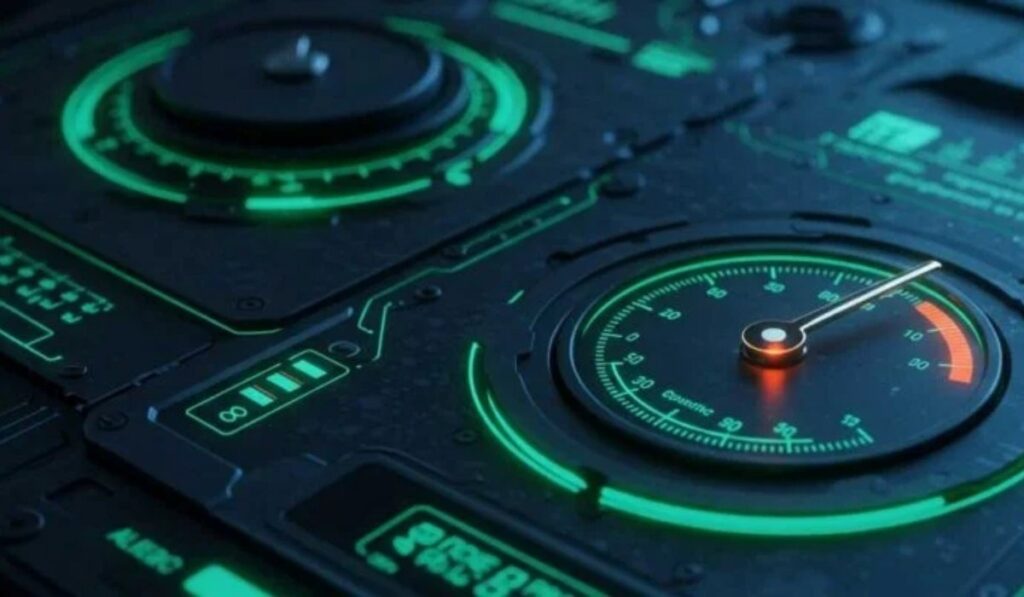
The future of Kalibraatio lies in automation, digitization, and sustainability. As measurement technology advances, the demand for higher precision and faster calibration methods will grow. Artificial intelligence and machine learning will play a role in predicting calibration needs and identifying patterns of drift. Cloud-based systems will enable global access to calibration data, simplifying audits and compliance verification. Furthermore, industries are adopting environmentally friendly calibration processes to minimize waste and energy consumption. In scientific research, the future will involve nanocalibration—extremely fine measurement verification at the nanoscale level. This will support innovations in nanotechnology, biotechnology, and microelectronics. The ongoing improvement of will continue to shape the quality and reliability of modern technology.
How to Maintain a Good Kalibraatio Schedule
To achieve consistent accuracy, every organization must implement a structured Kalibraatio schedule. This schedule should consider the type of instrument, its usage frequency, and the environmental conditions in which it operates. High-use instruments require more frequent calibration, while those stored in stable environments may need less. It is essential to record every calibration event and monitor the performance of instruments between calibrations. Visual inspections and intermediate checks help detect early signs of drift. Partnering with accredited laboratories ensures that calibration results are valid and traceable. A disciplined program not only maintains compliance but also enhances overall reliability and trust in measurement data.
Conclusion
Kalibraatio is much more than a technical requirement—it is a fundamental principle of accuracy, quality, and reliability across industries. Whether in manufacturing, healthcare, research, or daily consumer applications, calibrated instruments form the backbone of trust in data. Regular calibration prevents errors, enhances performance, and supports compliance with international standards. As technology advances, the methods of will continue to improve, offering greater precision and efficiency. Understanding and implementing effective calibration practices will always remain essential for maintaining excellence in measurement and ensuring that every decision based on data is sound and dependable.
Frequently Asked Questions
1. What is the main purpose of Kalibraatio?
- The main purpose of Kalibraatio is to ensure that measuring instruments provide accurate and reliable readings by comparing them against known standards and making necessary adjustments.
2. How often should instruments undergo Kalibraatio?
- The frequency of Kalibraatio depends on the type of instrument, how often it is used, and environmental conditions. Most organizations follow annual or semiannual calibration schedules.
3. Who performs Kalibraatio in industrial settings?
- Kalibraatio is typically performed by trained technicians or accredited calibration laboratories that follow international standards such as ISO/IEC 17025 to ensure traceable and valid results.
4. What happens if an instrument is not calibrated regularly?
- If an instrument is not calibrated regularly, its accuracy can drift over time, leading to measurement errors, product defects, safety risks, and possible non-compliance with regulations.
5. What are the benefits of maintaining proper Kalibraatio records?
- Proper Kalibraatio records help organizations track instrument performance, schedule future calibrations, demonstrate compliance during audits, and ensure overall measurement reliability.


